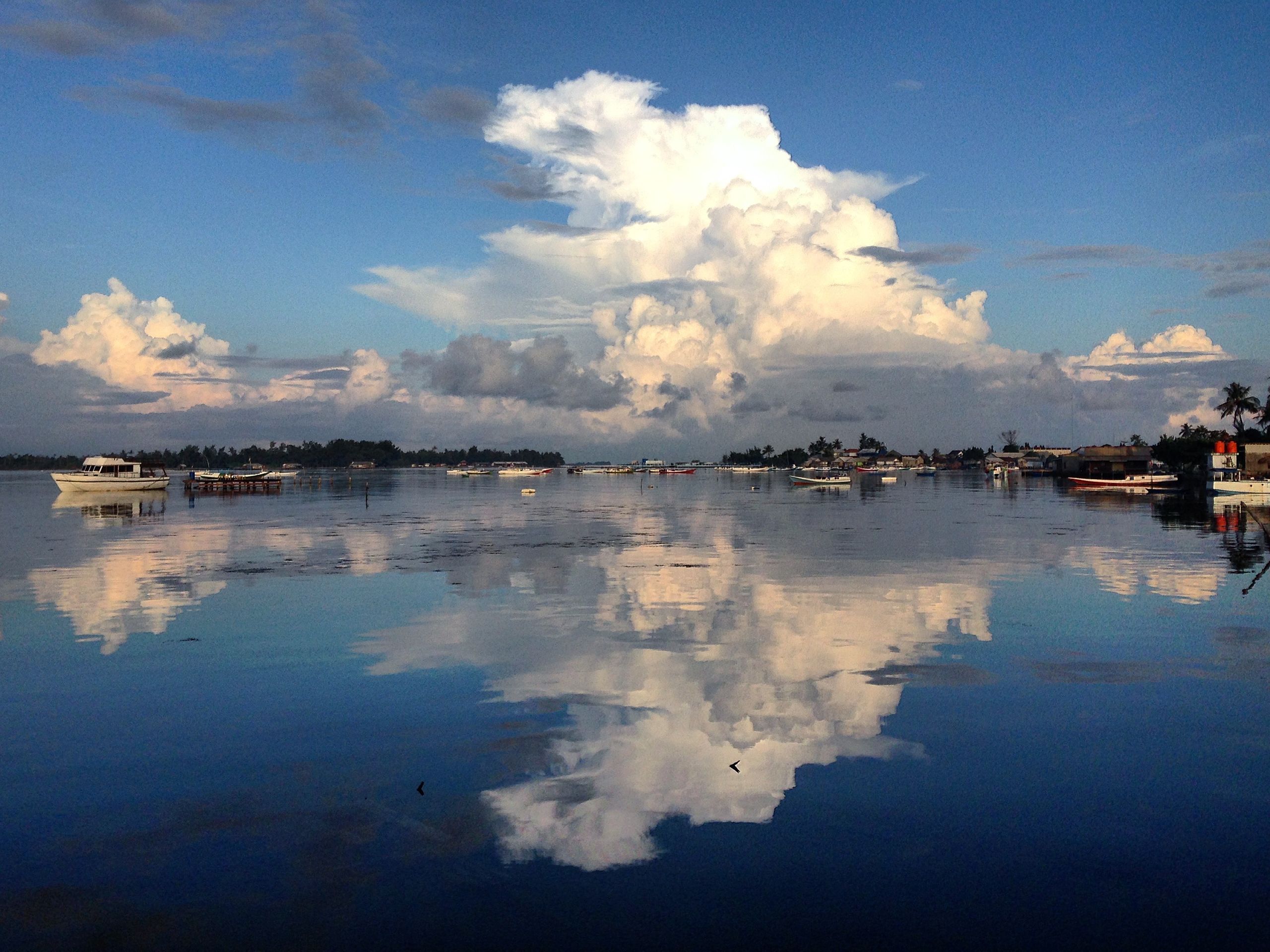Potosi & Cerro Rico
شائع شدہ: 22.10.2024

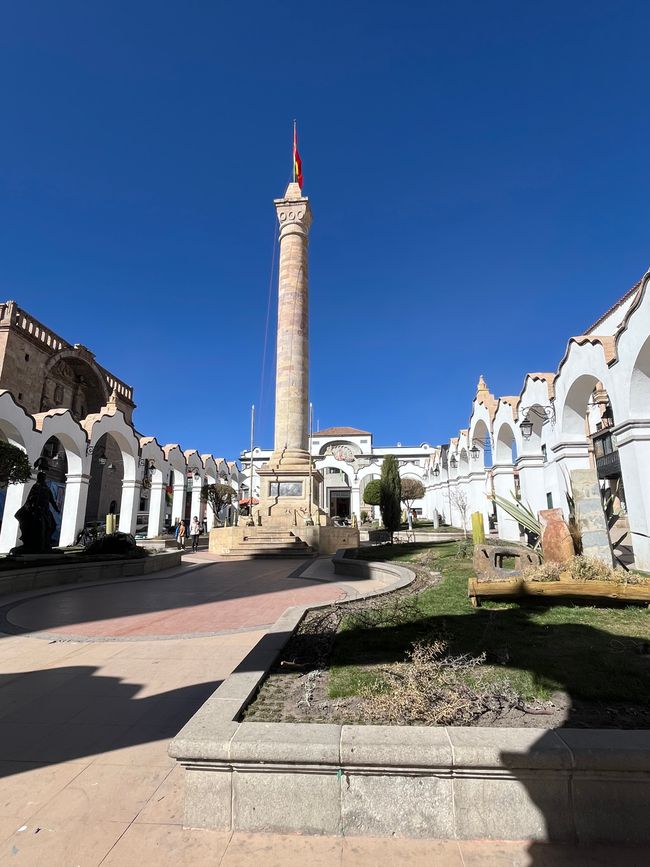
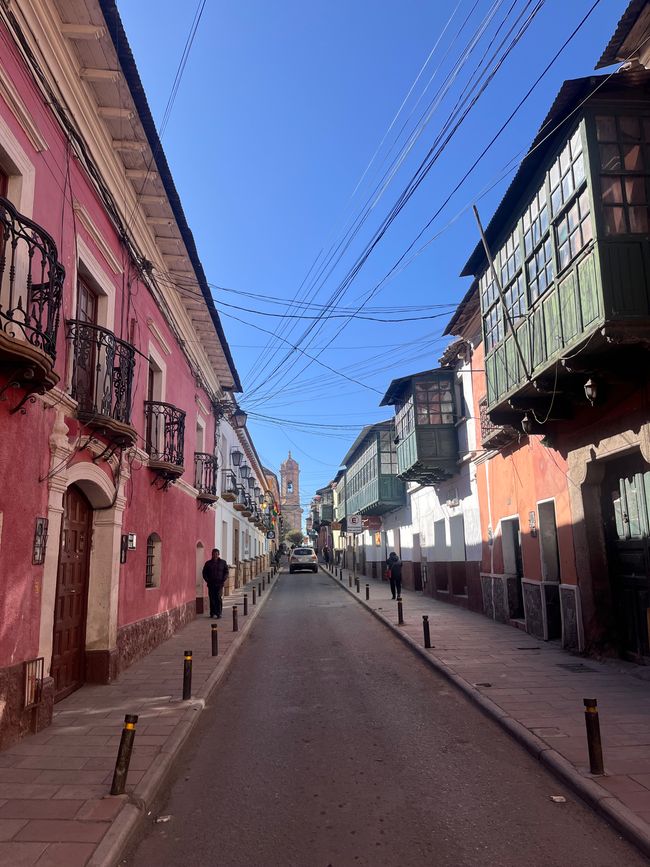

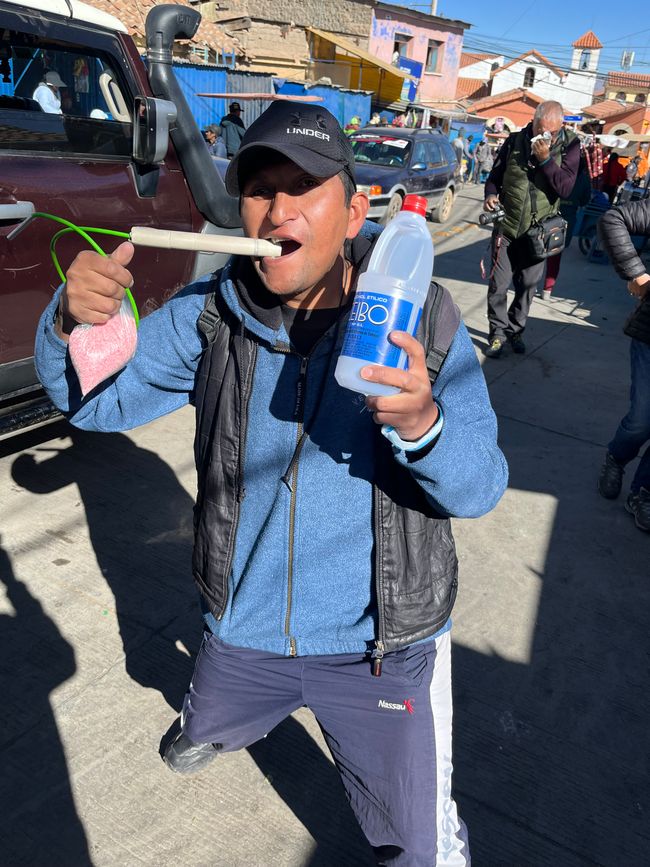

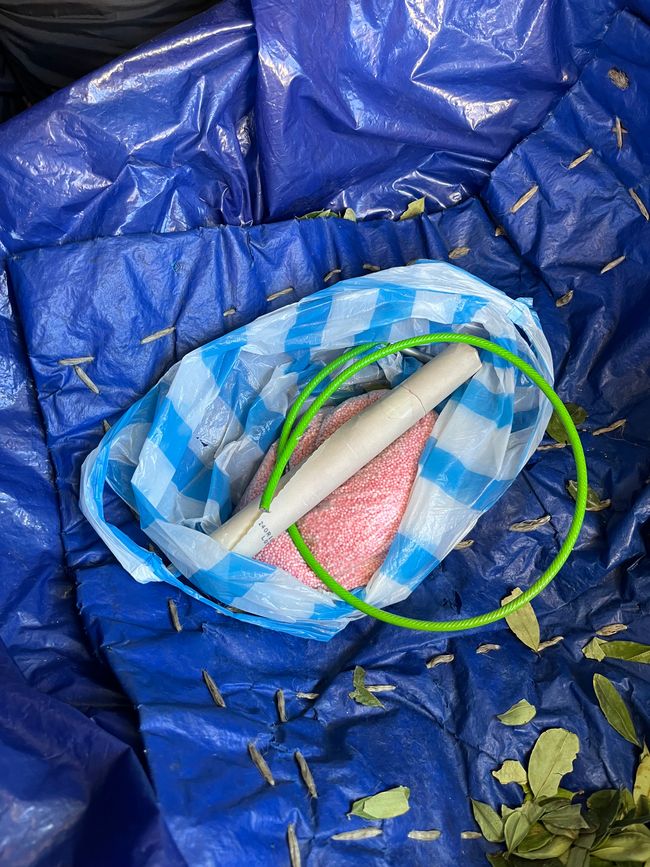
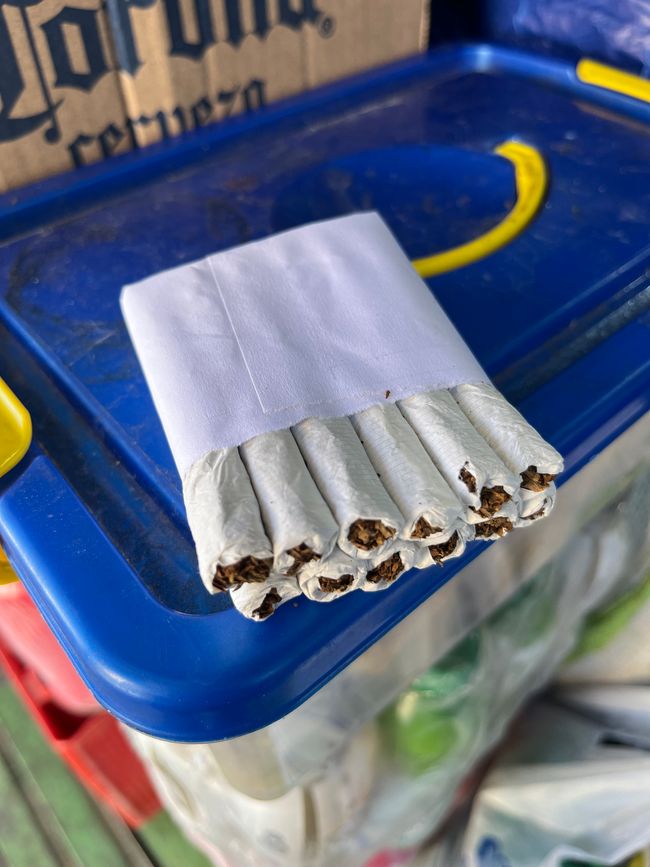
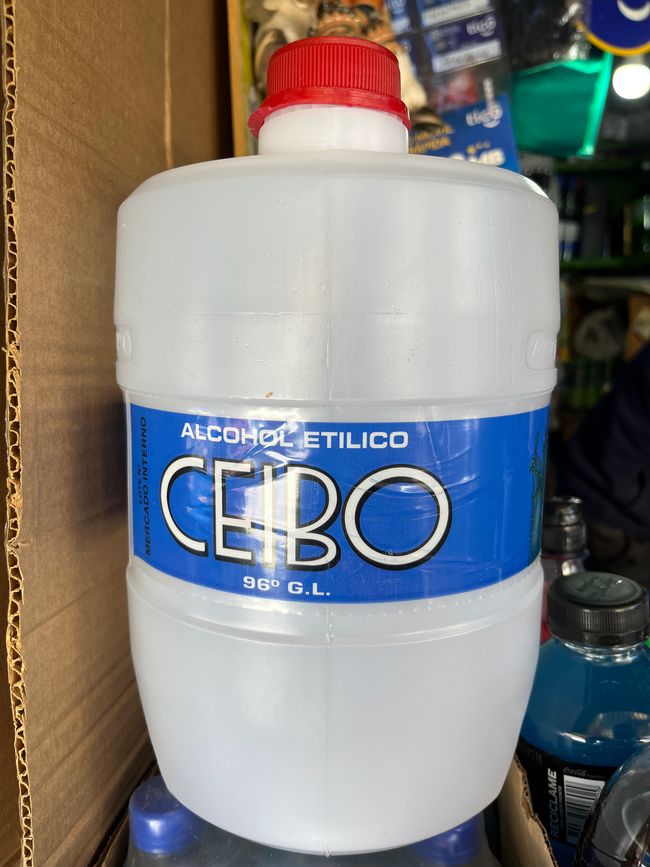
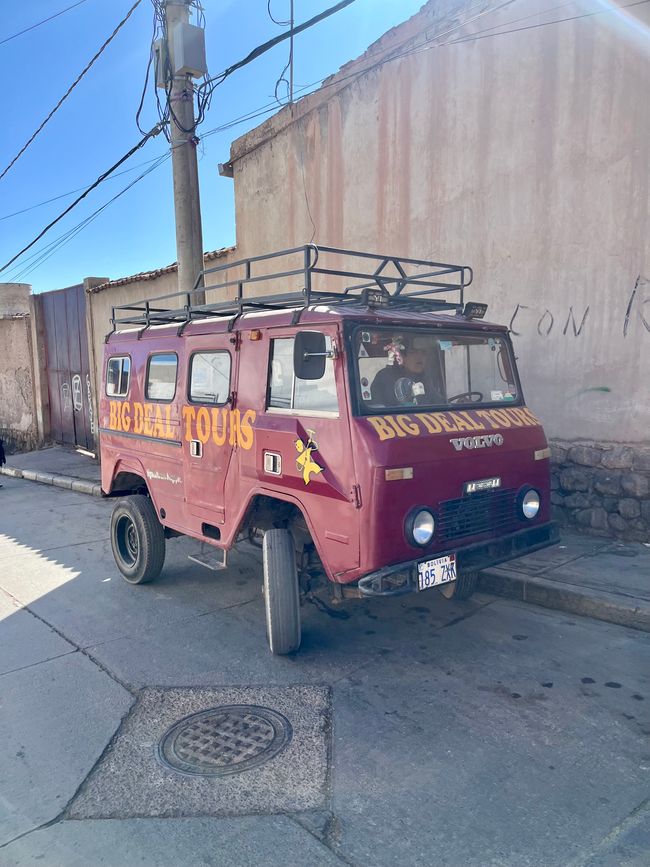
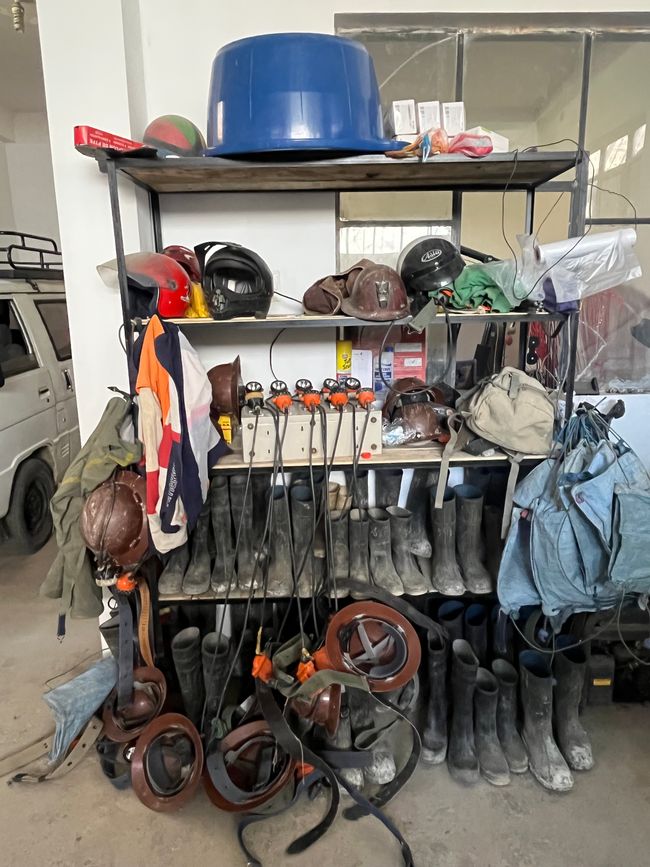
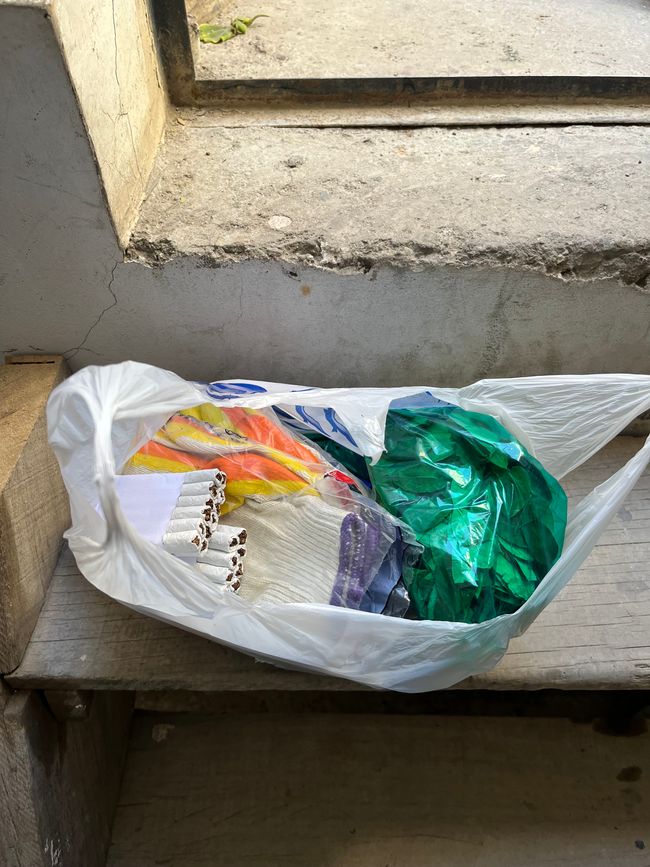
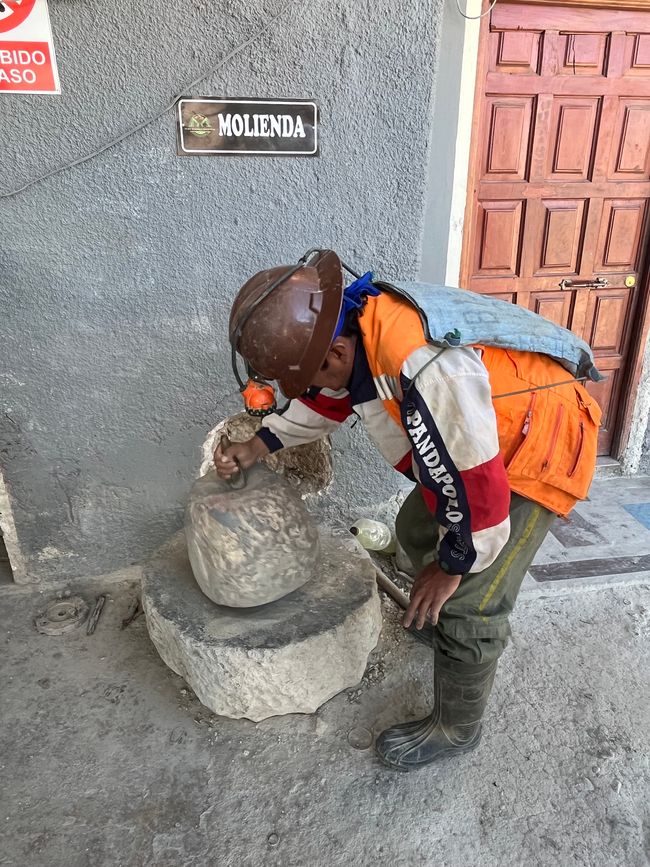
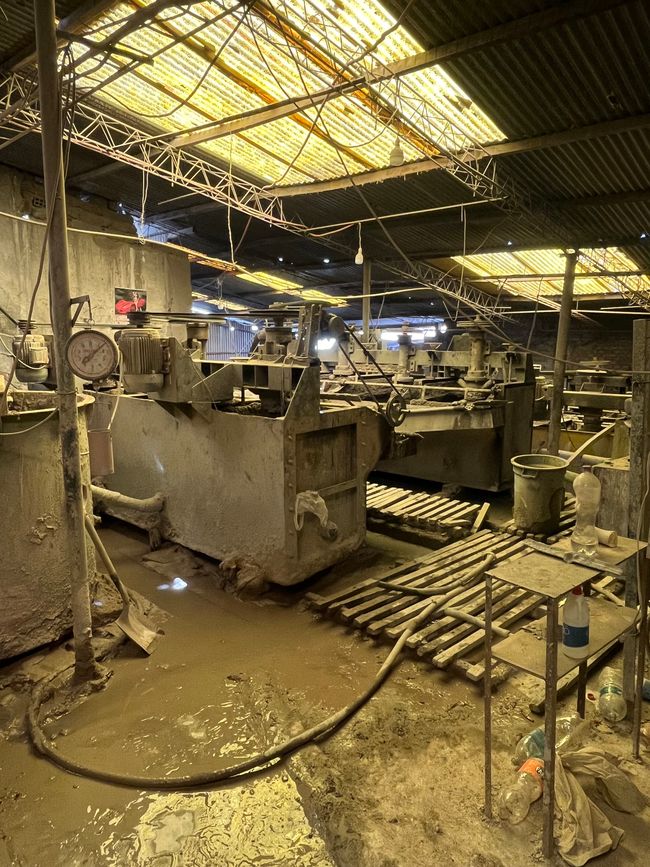
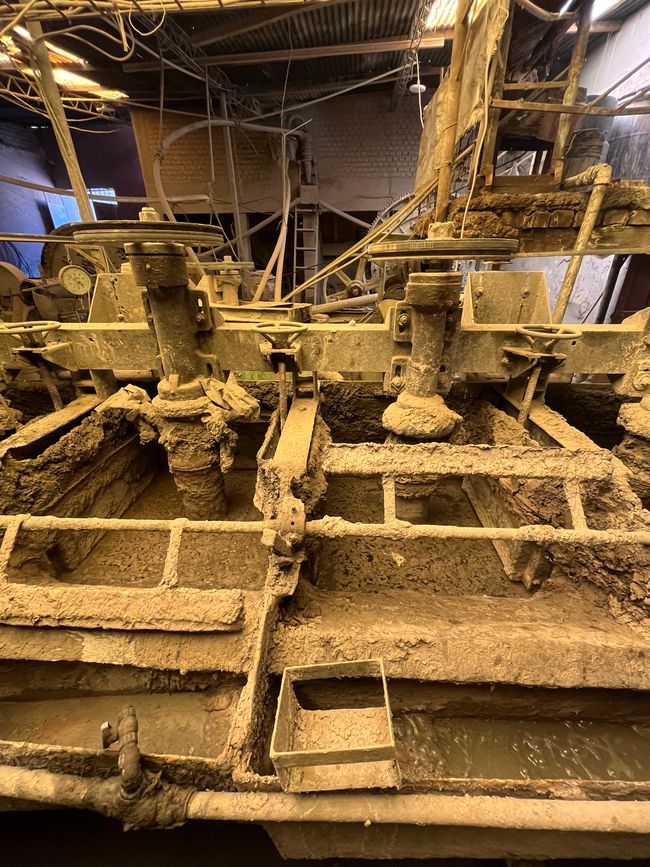
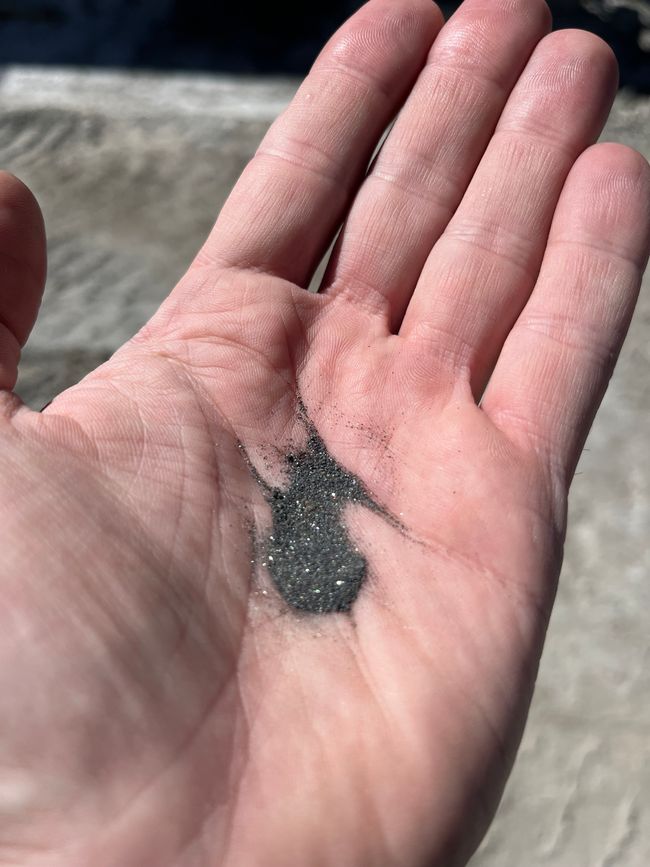
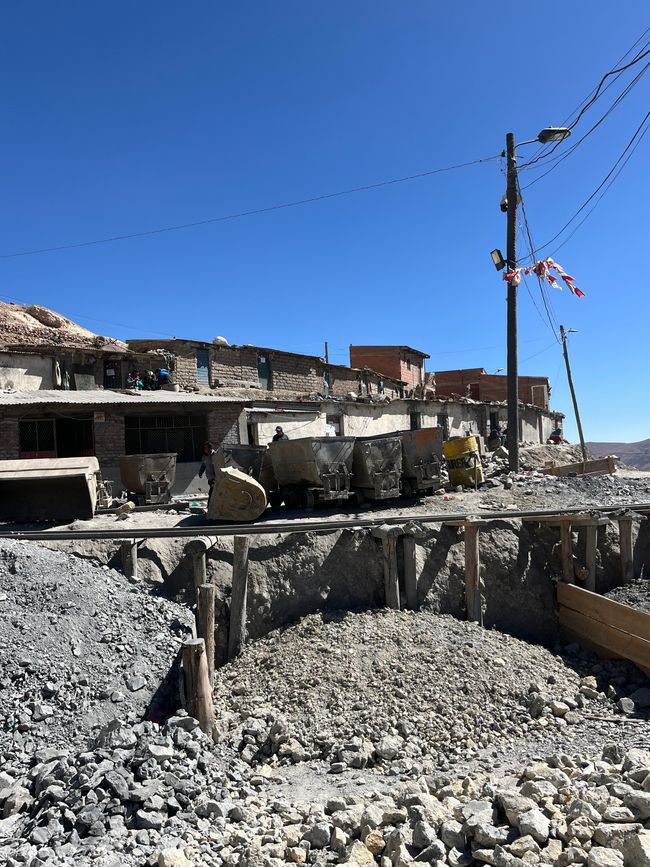
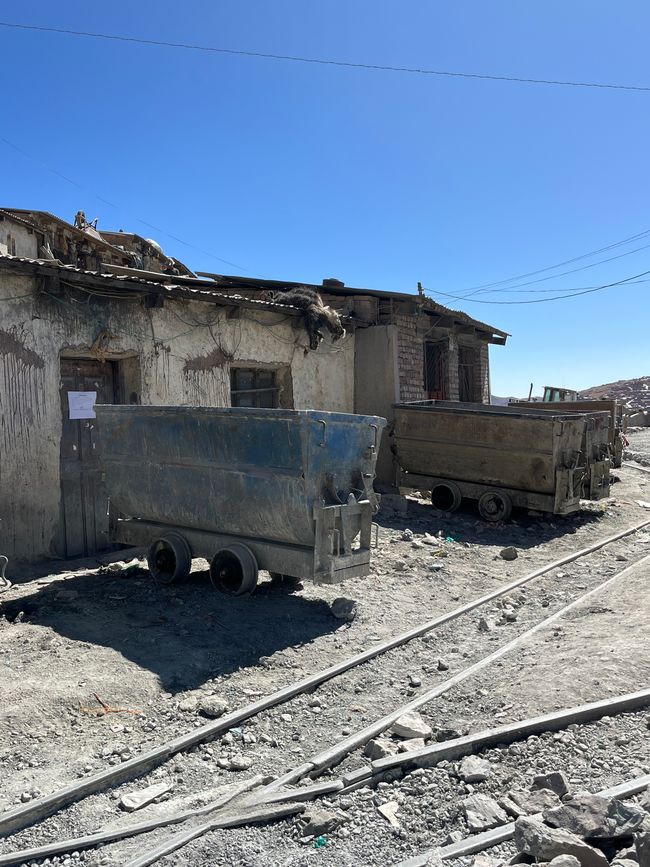
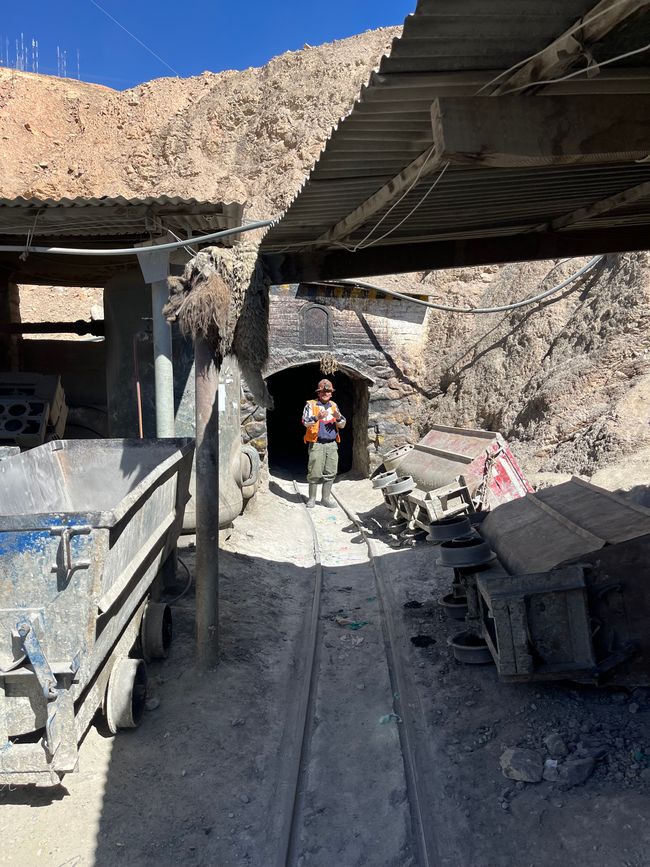
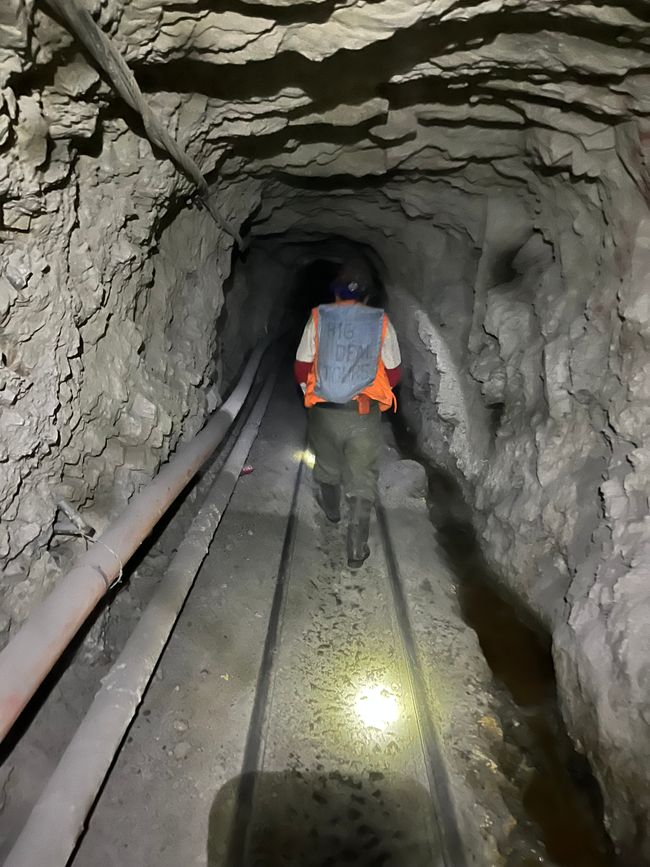

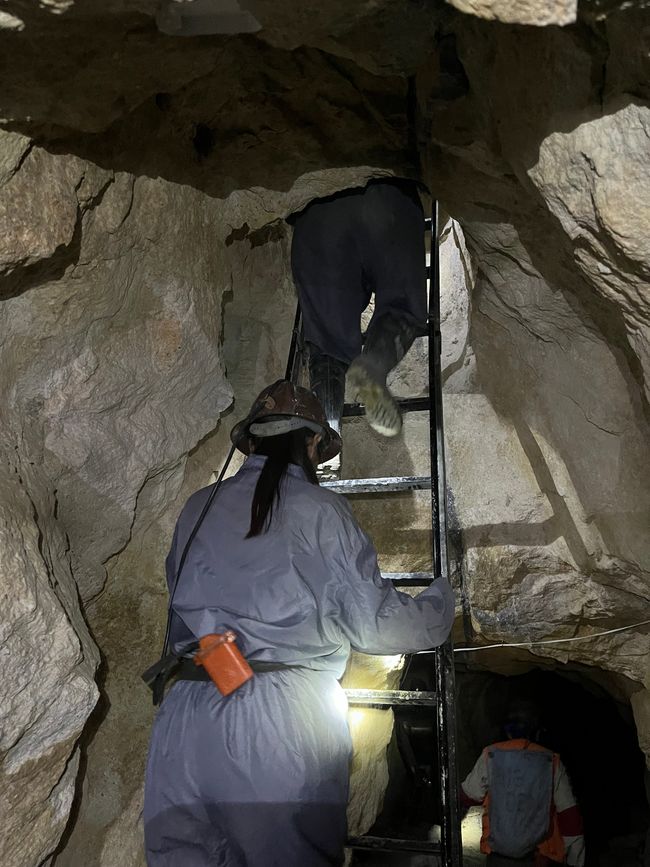
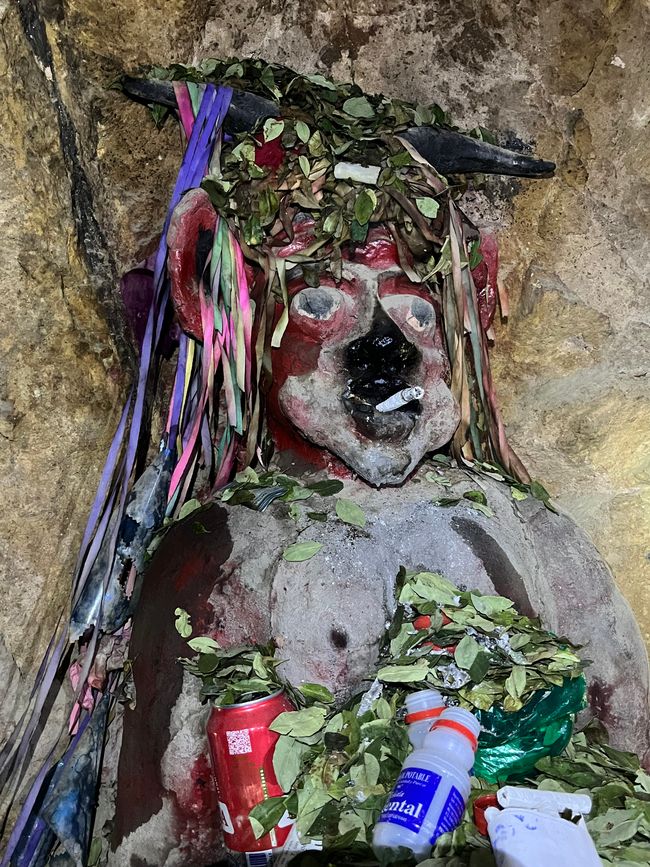
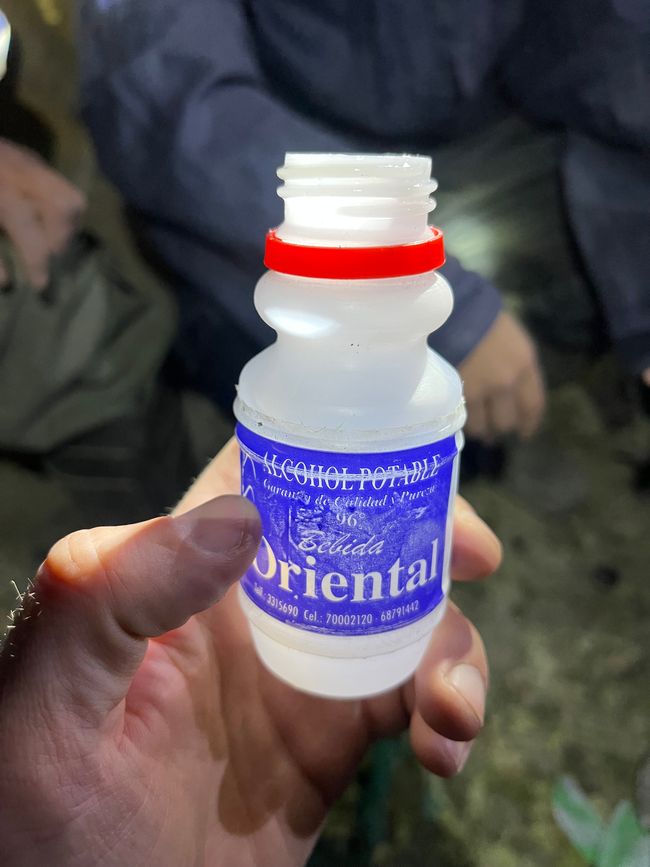
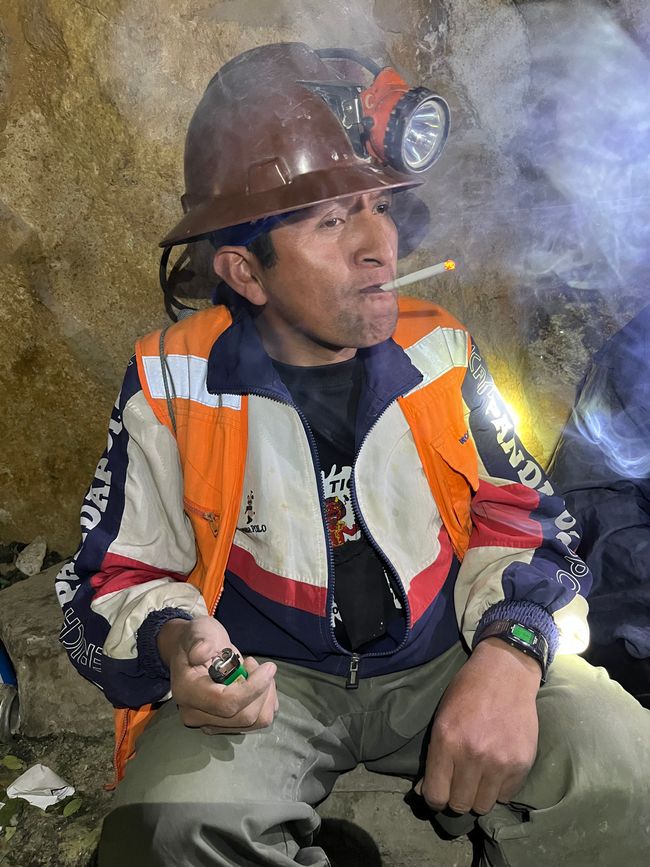

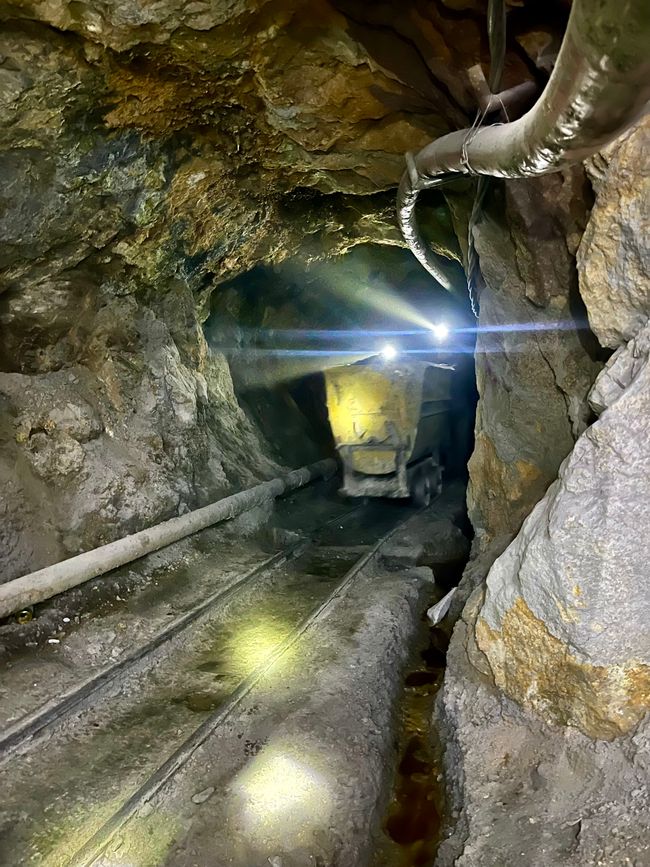

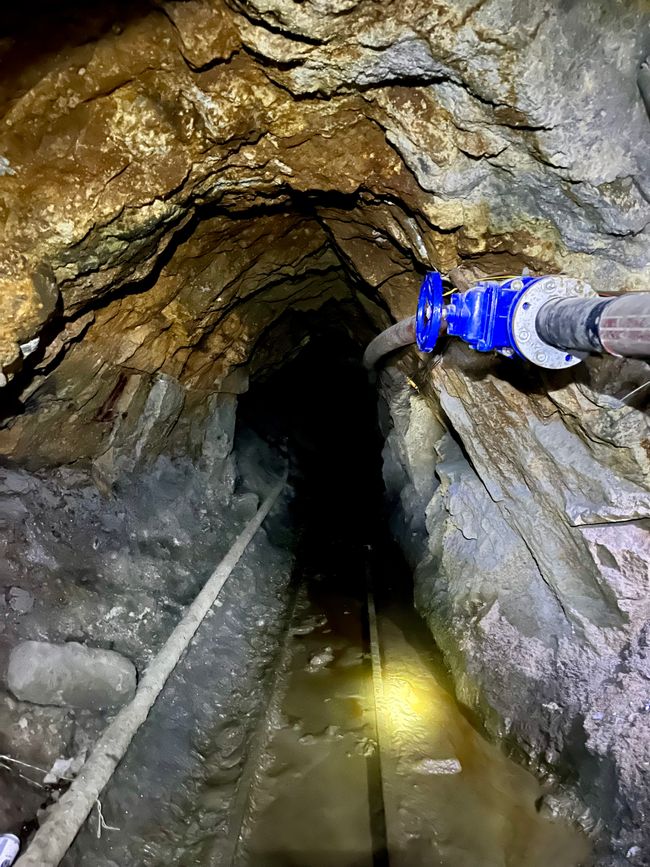

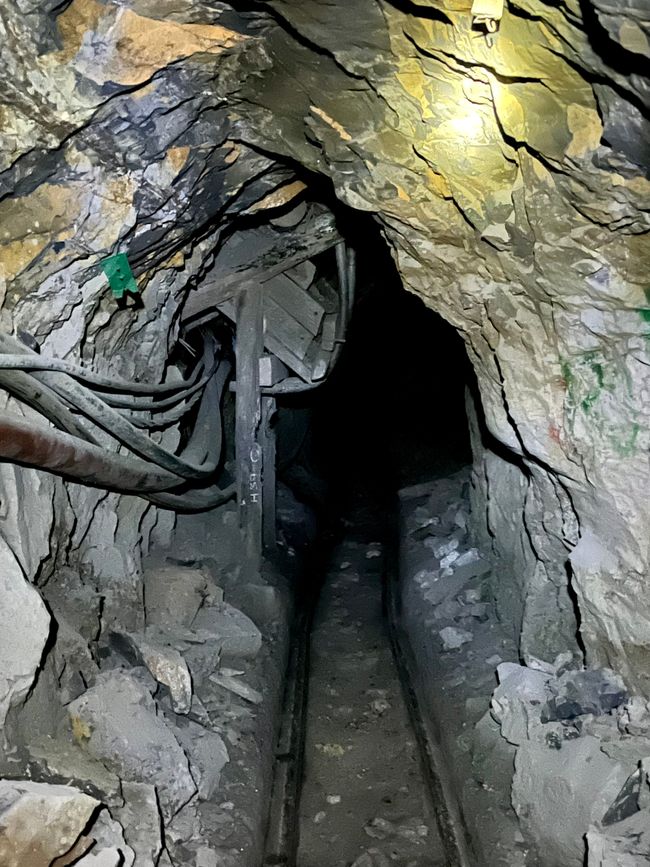
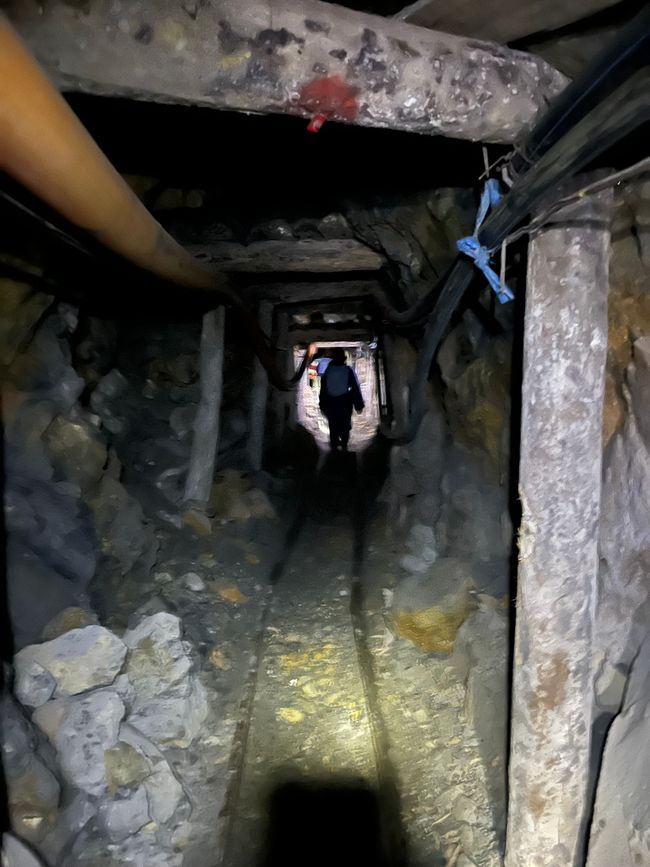
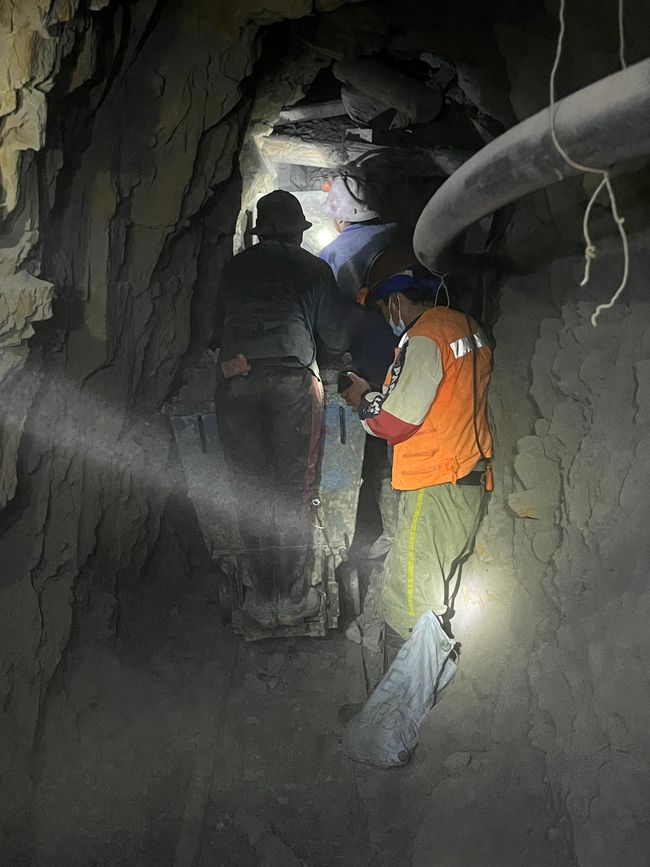
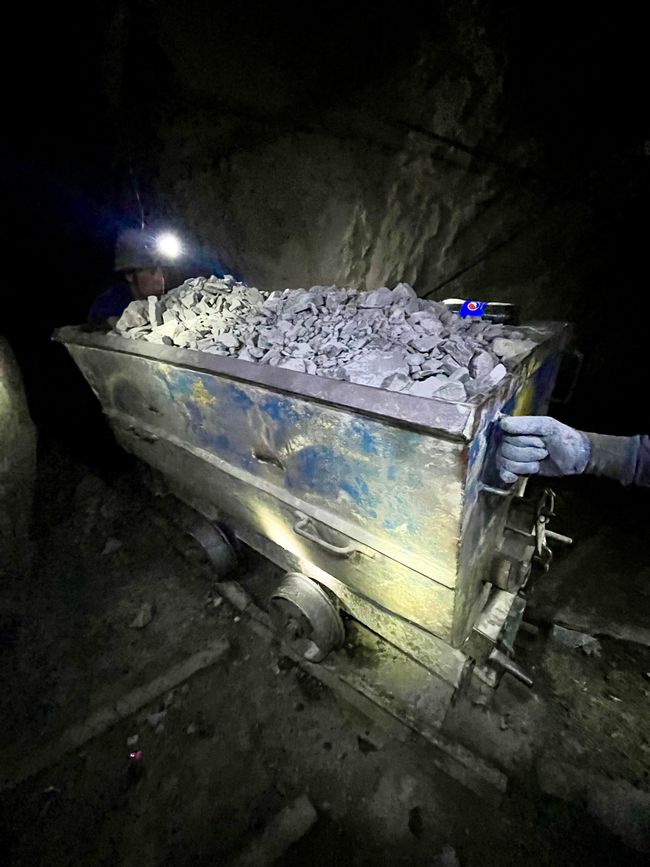
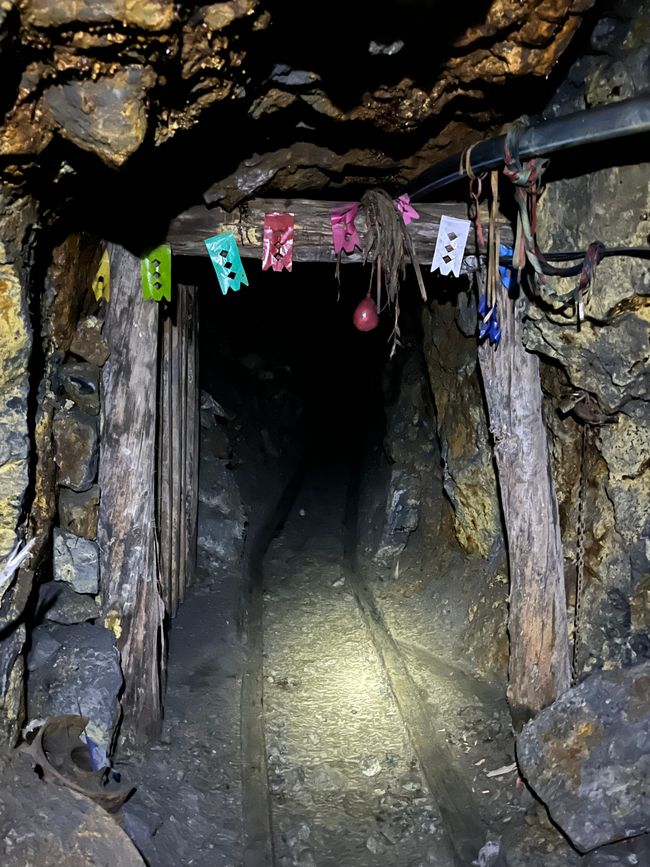
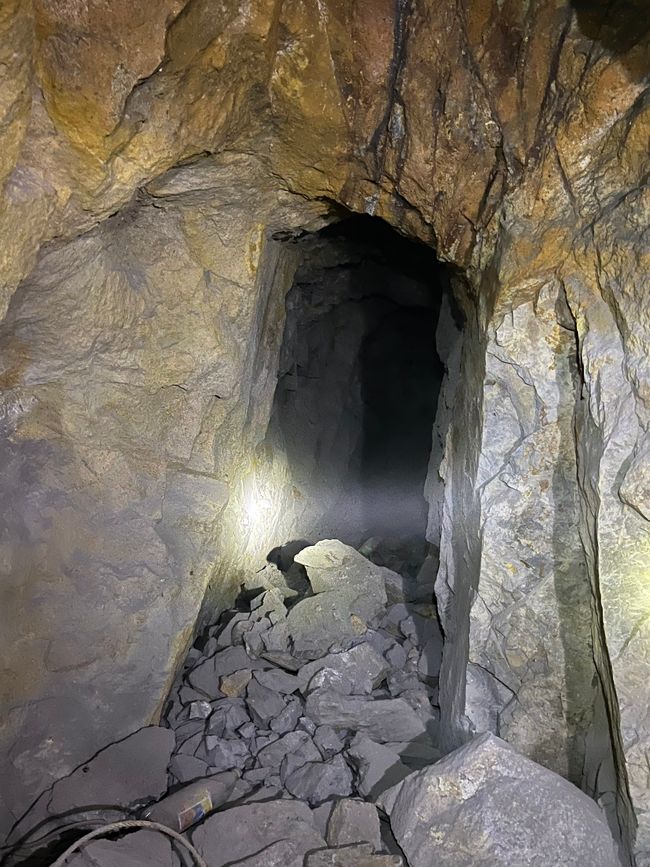


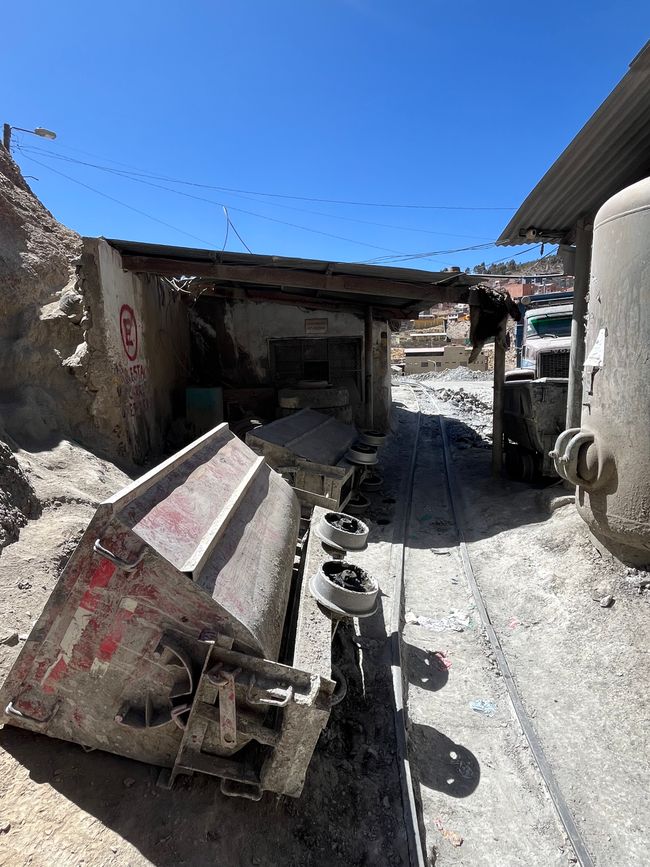
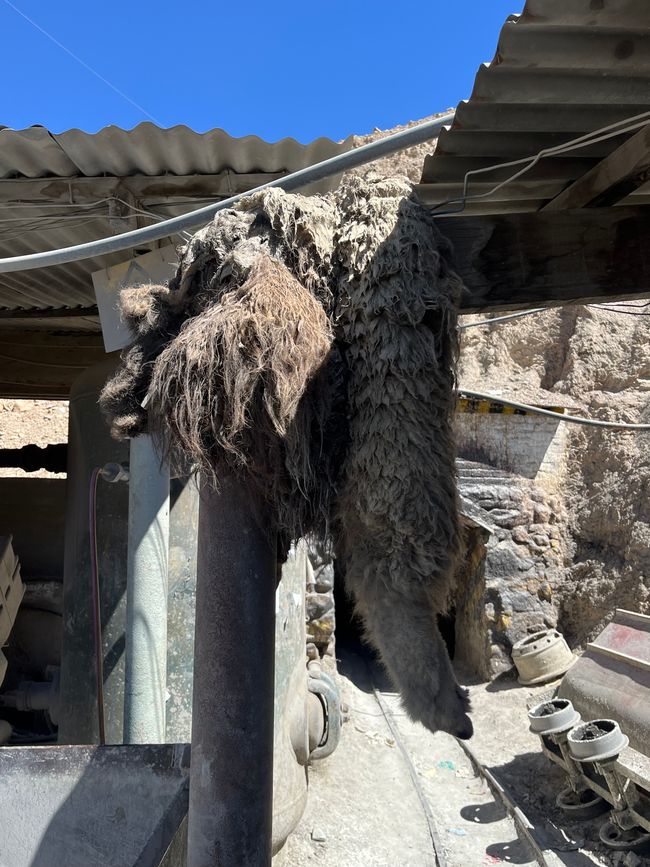
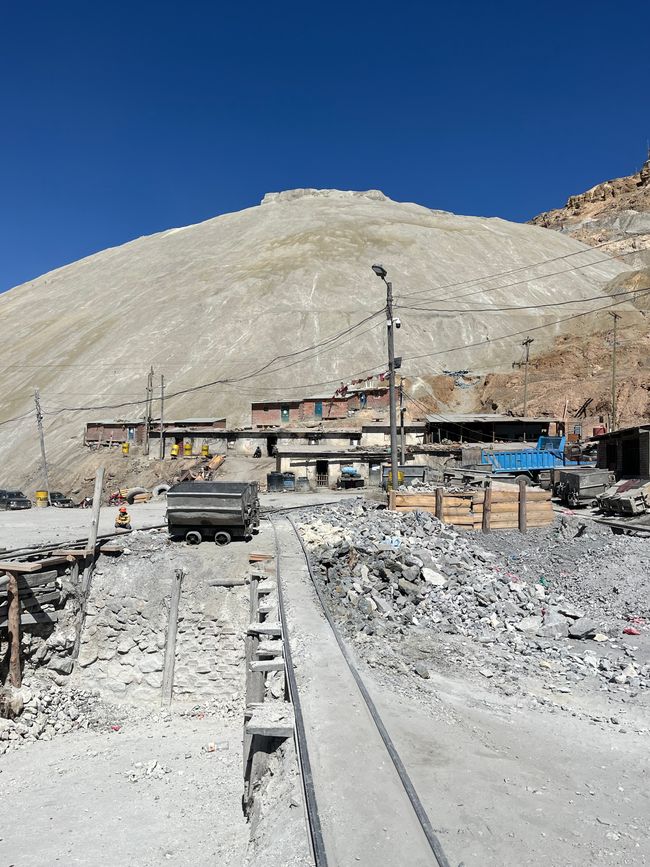

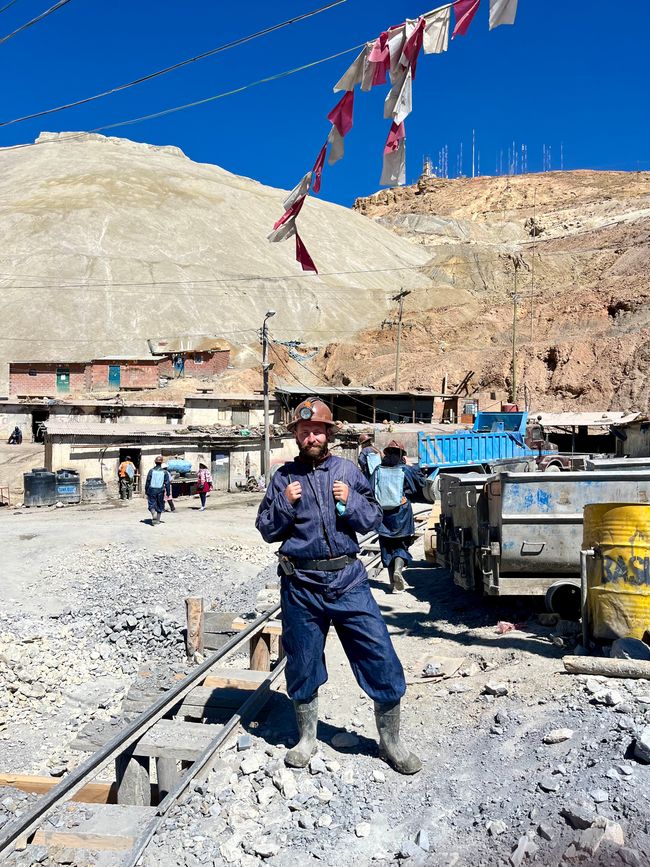
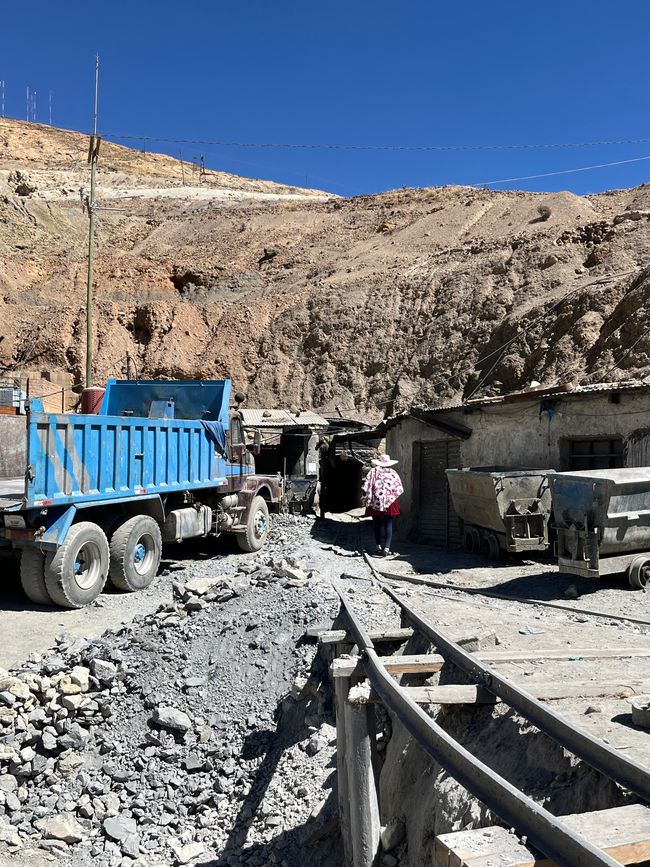
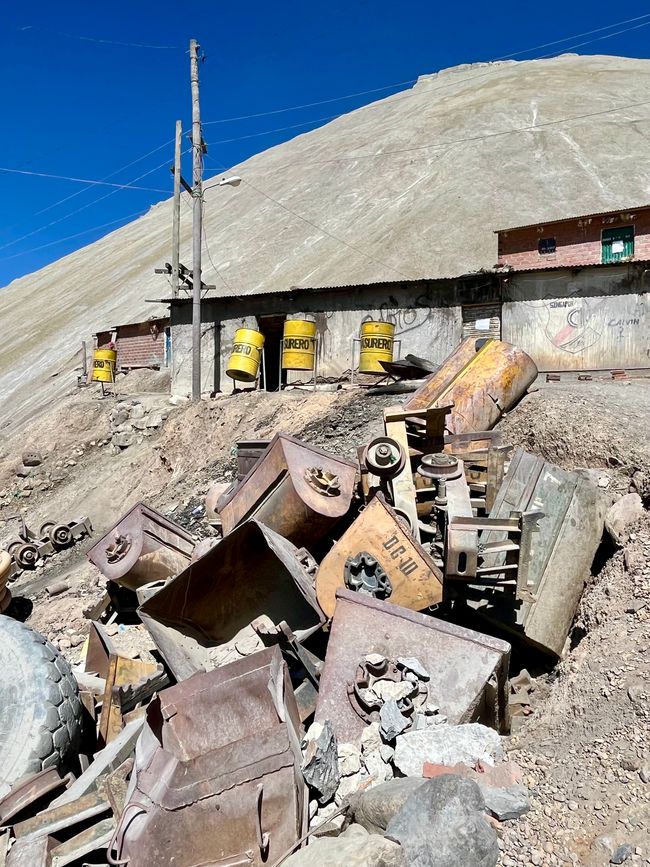
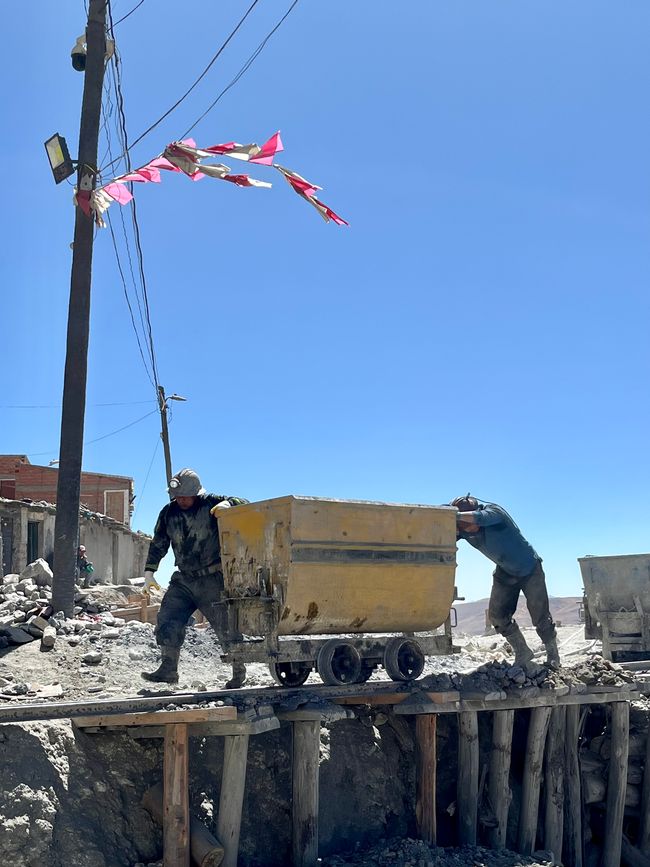
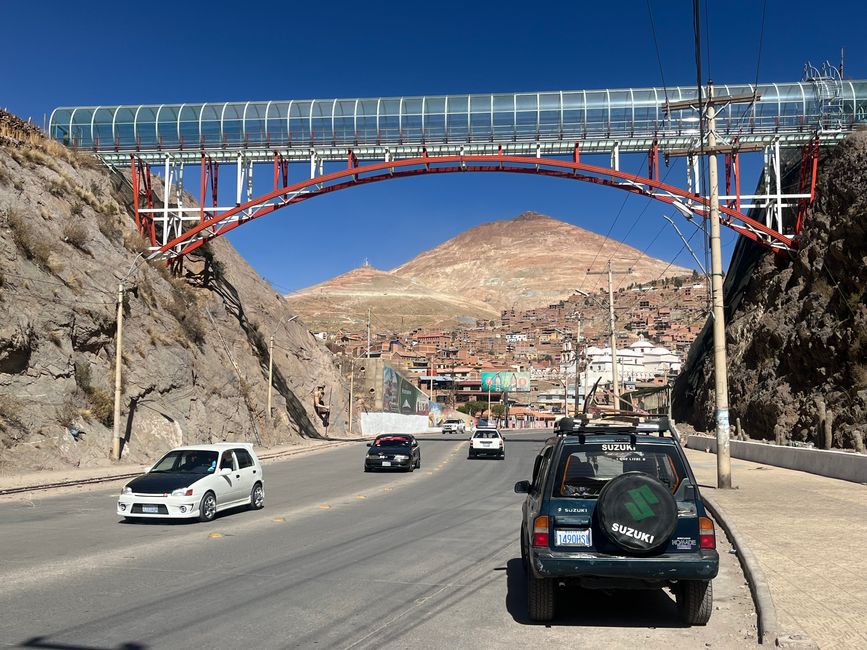
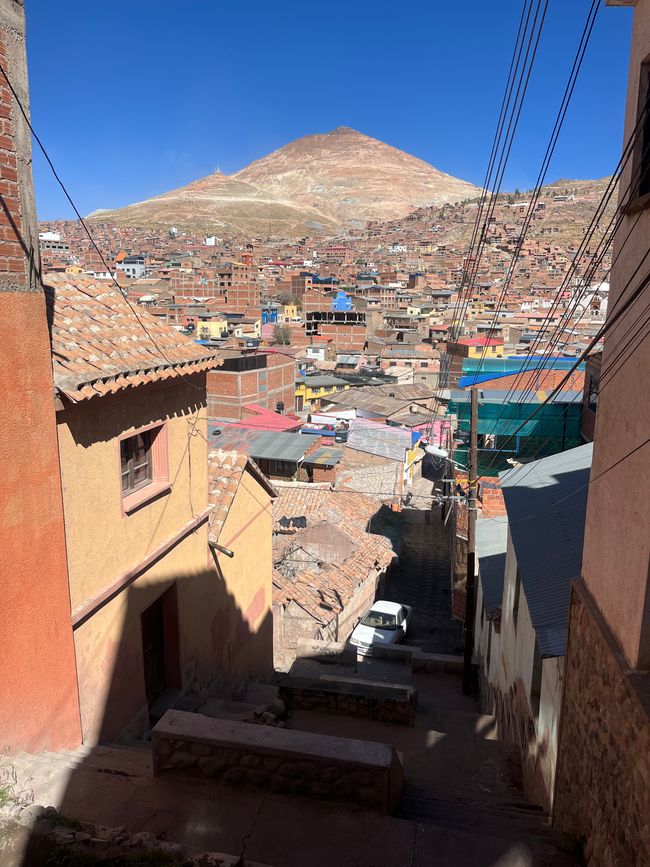
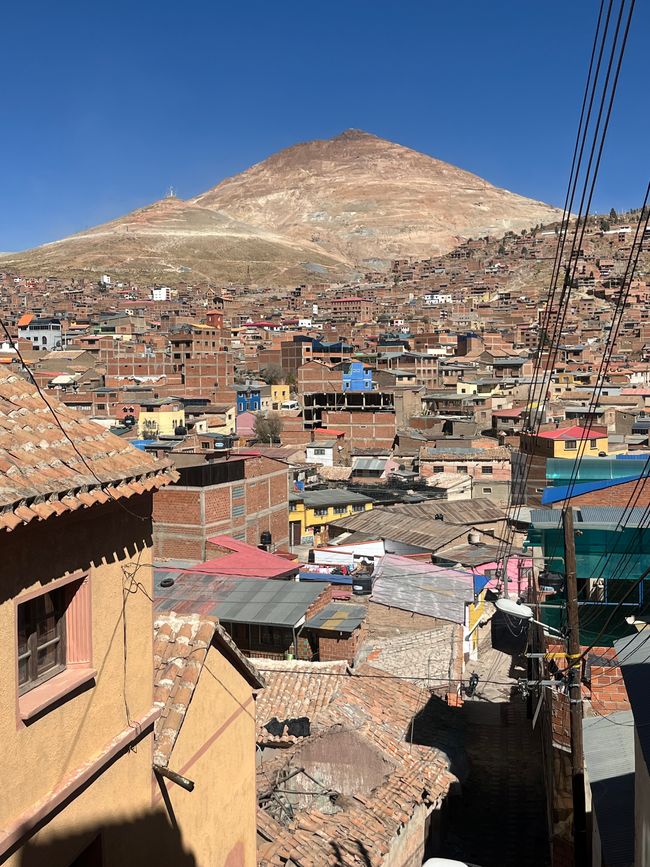
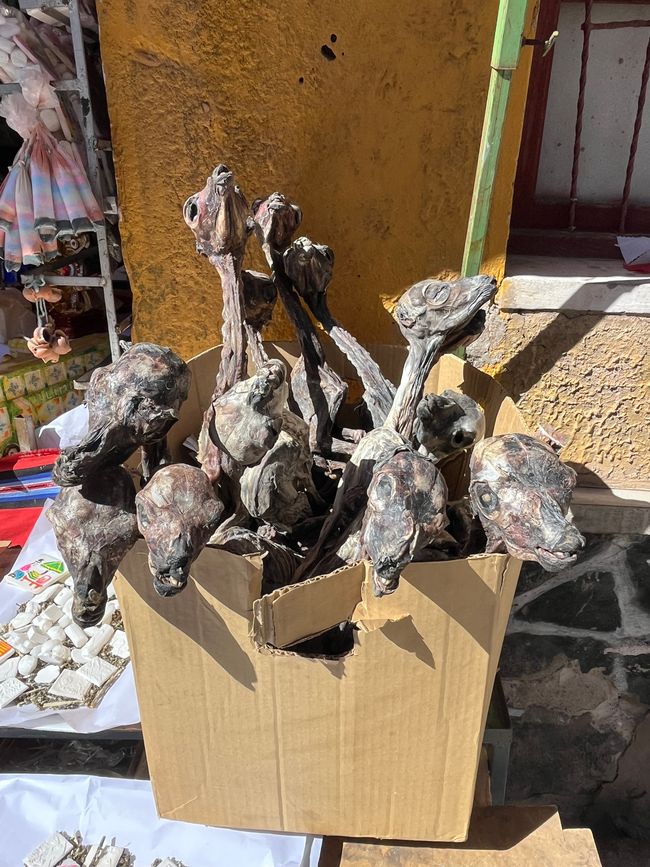
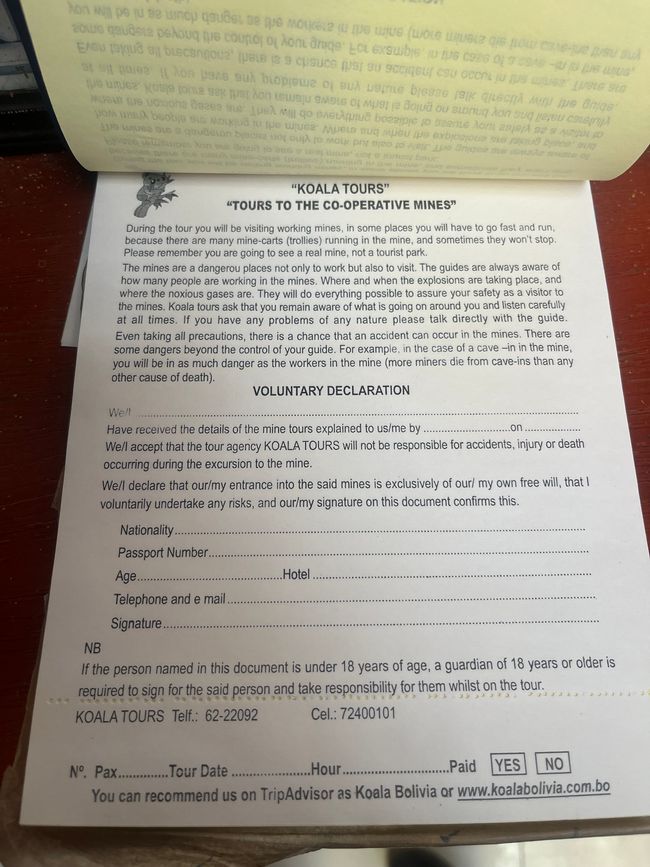
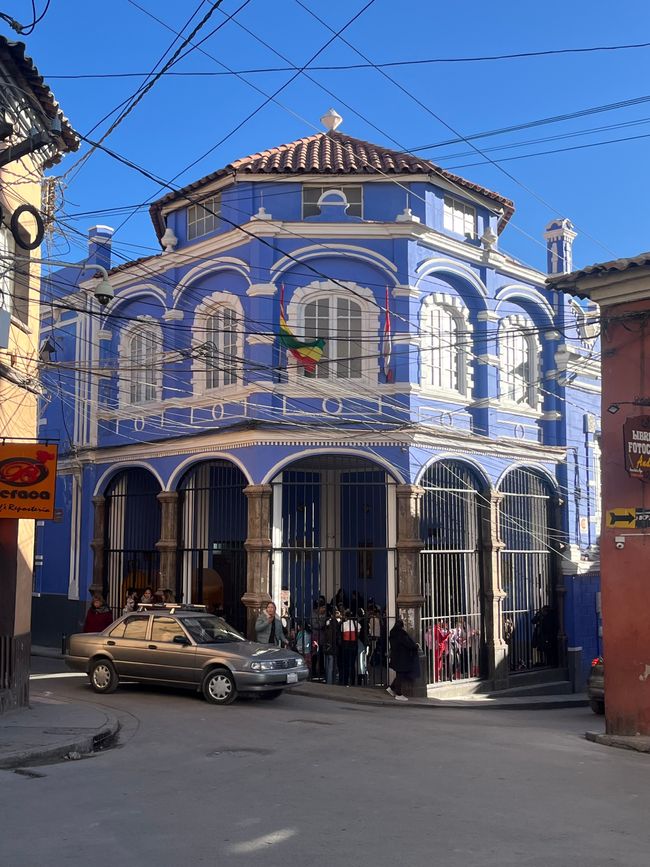


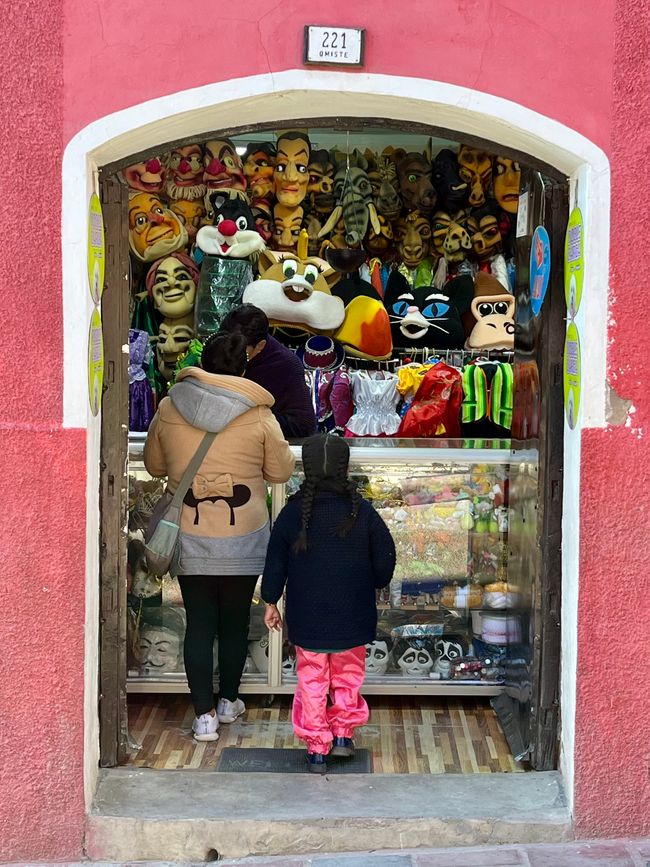
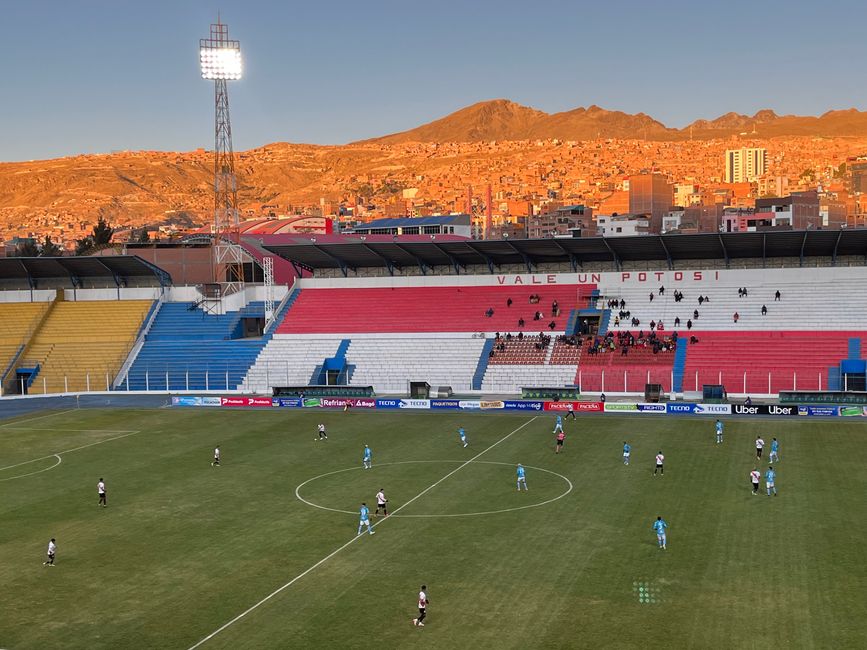
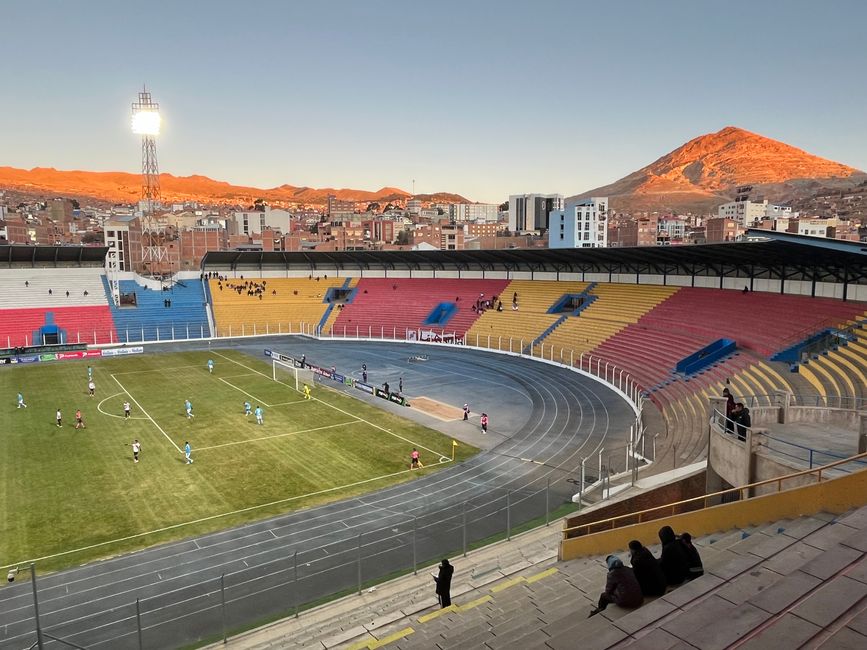
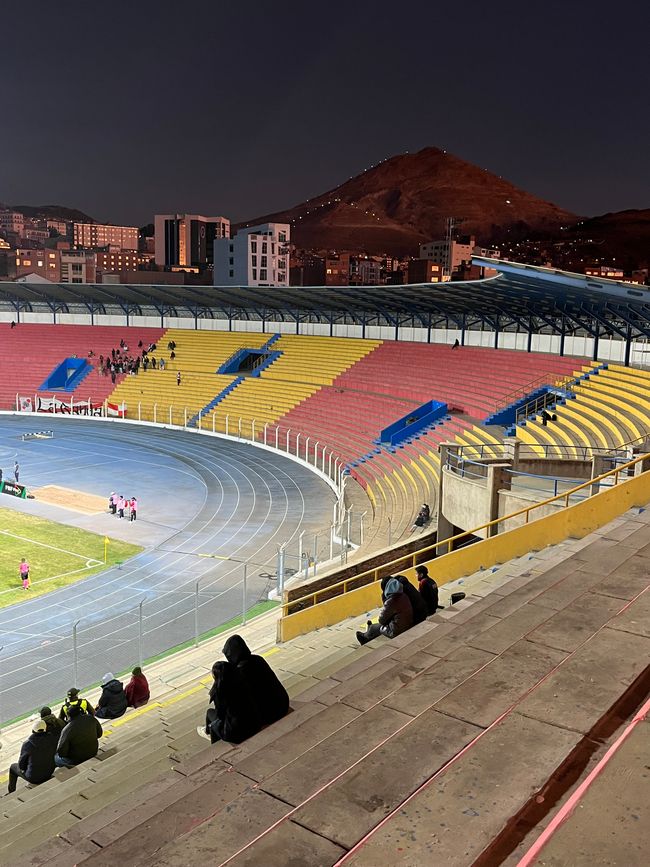
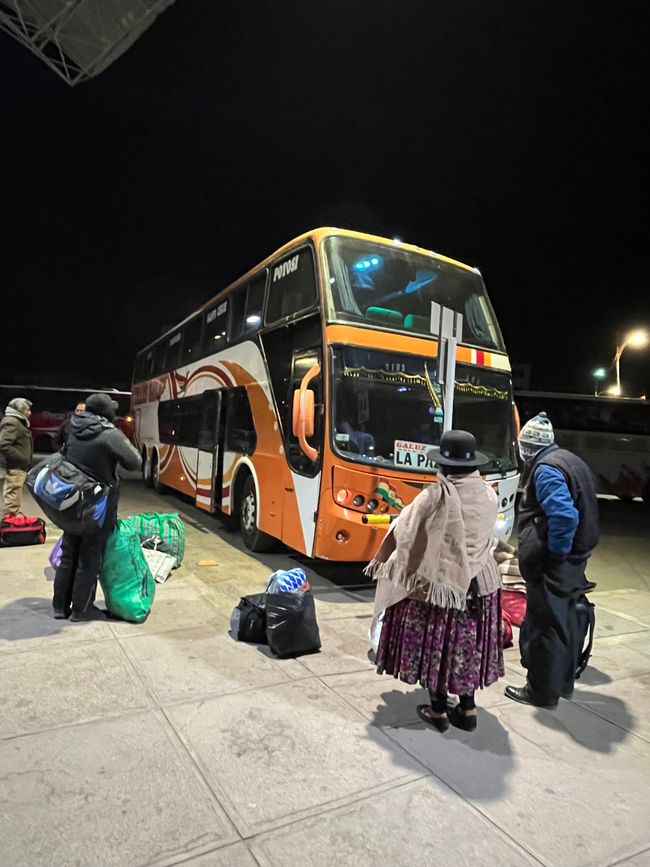
خبری مکتوب کے لیے درخواست دیں
After the days spent in the Bolivian rainforest and the Pampas, it was finally time to head to Potosi with a brief stop in La Paz, hopefully this time without any road blockades or complications. And indeed, after a relatively relaxed night drive by Bolivian standards, the bus arrived in the early morning hours at a temperature around freezing point in the city in the south of the country. A stark contrast to the previous days, not only regarding temperatures. The barren landscape and the people adapted to the harsh conditions seem much colder and more distant compared to the environment in the green part of Bolivia. After checking into the hostel, I explored the city. Potosi lies at the foot of the 4,782-meter-high Cerro Rico and was one of the richest cities in the world in the 17th century due to its enormous silver deposits, serving as the center of the thriving Spanish colonial empire at that time. With indigenous slave labor, the Spanish crown extracted immense wealth here. It is estimated that up to 8 million people lost their lives in the process. Even today, thousands of miners work under catastrophic conditions in the mines, with an average life expectancy of just over 40 years. Not necessarily a pleasant place to linger. However, you can take a guided tour into the depths of the mountain, and since this is quite unique in the world, I wanted to seize the opportunity, which should also be the primary goal of my trip to Potosi. The city generally has a rather relaxed vibe, and in the shadow of the silver mountain, you can admire various beautiful colonial buildings. After spending the rest of the day sightseeing, I made my way back to the hostel and booked one of the tours for the next day. The night was quite short, as the altitude was once again felt; however, the breakfast in the hostel that morning was an absolute highlight and probably the best meal offered during my tour so far. Fresh fruit, various juices, pancakes, delicious bread, avocado, eggs, and various spreads – all for the price of a night’s stay of just under 10 euros. Absolutely top-notch. After this culinary delight, I was picked up and we set off in a rickety older model minibus towards the outskirts to Cerro Rico. On the way, we stopped at a market, mainly serving the miners, and bought a few gifts for the workers. Our guide mentioned that the guys in the mountain would especially appreciate cola, coca leaves, and gloves, so we bought all of that. I also bought two packs of self-rolled cigarettes because I knew how much the miners liked to smoke. Even strong smokers in our regions would likely wrinkle their noses at the sight of these local cigarettes. Definitely not normal weed but actually hard tobacco. Additionally, there was dynamite for sale at the market. Dynamite! In a public market. Simply unbelievable and unimaginable for us. Here, however, you can get a stick for around 2 euros, including a detonator. Furthermore, there were small and large containers with 96% alcohol lying around, which the workers likely drink together after their shift. Since conventional alcoholic beverages are way too expensive for people here, the extremely high-proof alcohol is an excellent means of numbing themselves and probably also of coping with the hard and dangerous working life. After the market, we (me and yet another group of French people) were driven to a garage and equipped with the necessary work gear: rubber boots, coveralls, helmets, headlamps, and a small improvised backpack for our gifts. For us, it was certainly an experience to think about actually working in the mountain with this gear, though quite absurd. The next stop was a factory located right by the mountain for processing the ores and metals. At first glance at the installations and machines, I thought it had long been abandoned and only served as a display for visitors. In fact, the entire facility is still actively used, a strange thought when seeing the worn and mud-covered equipment. Everything that serves its purpose here is used until the end of its durability and well beyond. Our guide briefly explained the processes at the plant, where the valuable rock is separated from the rest with relatively simple means. Here, clients can also directly acquire goods. Various rocks and ores are stacked in bags and available for purchase. Some miners sell the treasures they extracted from the mountain themselves. However, these are truly only the remnants from the glorious times. The mountain is almost completely depleted, and hardly any substantial amounts of the precious metal can be found anymore. Only the thought of a lucky find and the resulting wealth, providing an escape from the harsh working life, drives some of the workers into the mountain each day.

By late morning, we reached the mountain. In front of the entrances, you see the most basic infrastructure for tackling the heavy work. Carts or mine wagons, various tools, pneumatic drills, hammers, and various steel ropes and winches. There are also basic huts for storing tools and belongings. When you look around at the scene in front of the mine entrances, it's instantly and unmistakably clear what an absolutely backbreaking job is performed here. Everywhere, the remains of dead llamas hang around, and the mine entrances are thickly smeared with llama blood. All this serves once again to honor Pachamama and ensure the safety of the miners. The offerings are intended to ensure that the earth and the mountain do not become angry and protect the workers, as mining is considered an intrusion into the body of the earth. Subsequently, we entered one of the shafts and slowly walked into the mountain. There are reportedly up to 400 entrances at Cerro Rico; the exact layout and number of shafts and tunnels is not known precisely, as for decades, mining has been done without any control or regulation. It is certainly reassuring to be accompanied by a guide, as just after a few minutes in the mountain, the extent of the devastation becomes apparent. Everywhere are tunnels, entrances to other levels, corridors, holes, and shafts. Keeping track of this madness seems impossible for a layperson. At least at the beginning, one can still follow the course of the tracks, which, however, after a short time also split with the shafts in all possible directions. Still relatively close to the entrance, we entered a room where a strange figure is set up. Here resides El Tio, the devil and ruler of the mountain. The Tio is adorned with coca leaves, beer cans, and bottles of high-proof alcohol, and a cigarette stub smolders in his mouth. Before their shift, the workers stop at Tio and also hand him offerings. If Tio is pleased, he protects the workers, or so the belief goes. Since the miners descend into the realm of the underworld, where Pachamama also no longer has direct access, Tio is richly bestowed. Tio should be kept in a good mood so that he does not harm the workers in the mountain. If he is not respected, he brings misfortune. We also gift Tio a portion of our offerings, and our guide opens a bottle of high-proof alcohol. After a hearty sip, he hands the vessel to me, and I take a shot. Absolutely disgusting, and you immediately feel the strong alcohol entering your system. The whole thing goes around, before he pours a sip of the drink onto his finger, ignites it, and lights a cigarette with it. A bizarre spectacle in an absolutely bizarre place. Tio seems to be pleased, otherwise, I probably couldn't write these lines now. Subsequently, the bottle is handed to me again. I decline, but the guide points out that a single sip brings misfortune, so I once again bring my mouth to the bottle, letting only a minuscule amount pour into my throat. Unimaginable that one can consume this liquid in larger doses. After pacifying Tio, we continue deeper into the mountain. From all corners, whistling and hissing sounds can be heard, a wild tangle of pipes runs along the ceiling. Some gas or compressed air escapes, it smells sour and unpleasant, the air is thick, warm, and laden with various gases. We encounter our first workers, who are on a break, and offer them our gifts. The coca leaves are especially in high demand. On the one hand, they are an excellent remedy for various physical issues related to altitude, and on the other, the miners use the leaves to measure time. The mouth is stuffed full, and they chew until the leaves lose their flavor; this occurs after about 4 hours and serves as a signal that half of their shift is now over. The regular shift during the week is 8 hours, but on weekends, it can often last 12 to 16 hours. This is hardly monitored; they work until physical exhaustion and probably often beyond that. Time and again, you hear a loud noise approaching from the distance; the guide shouts something frantically, and we press our bodies against the walls of the tunnels. One of the mine wagons is approaching at high speed with deafening noise. Depending on the direction, it is either empty or loaded with rock and pushed by two workers. Naturally, no consideration can be given to curious visitors here. If one does not manage to quickly get into a niche or against the wall, one risks being hit by the wagons. Whether there are occasional accidents with tourists is something our guide remains silent about. However, statistics regarding the workers are kept in rough terms; around 10 to 15 deaths occur in the mountain each month. The actual number is likely much higher; only those accidents resulting in immediate fatalities are recorded. No one speaks about the long-term consequences.

Further in the mountain, we switch levels using ladders and crawl through tight holes. It is uncomfortable and definitely not a place for those with claustrophobia. The next workers we meet are mining rock in a shaft beneath us, which is only accessible through a tiny entry hole. We offer cola and cigarettes; the workers are very friendly and appreciate the gifts. The gloves are also gratefully accepted. On the tour's side, it states that a portion of the fee paid goes to the workers. I hope this is true and that tourism in this area might contribute, at least in part, to a better life for the locals.
We continue deeper into the mountain; it has now become unbearably hot, surely over 30°. The guide reports temperatures well beyond 40° Celsius deep inside Cerro Rico. One can hardly imagine how such back-breaking labor can still be performed in such heat. The walls are now yellowish in some spots, shimmering under the light of the headlamps. It's the toxic element arsenic, which is often mined in connection with silver and tin. We are warned not to touch anything and to move cautiously through the tunnels. By now, everyone in the group has donned a protective mask; the dust content in the air is high, and breathing is becoming increasingly difficult. We have now been walking through the mountain for quite a while, and I have a suffocating feeling. I neither know how far we are inside the mountain nor would I probably find the exit without our guide. It's insanity to try to navigate here. The workers seem to find it easier; we repeatedly encounter groups of 2 to 3 people, give them gifts, and have short chats. The strain is visible on their faces, and one falls into a deep humility and gratitude, realizing that by some fortunate circumstances, one is not destined to earn a living in such a harsh environment. Deep inside the mountain, the tunnels become narrower and tighter; one must sometimes walk bent over through the shafts, and the helmet is absolutely necessary—every few meters, you hit your head somewhere. Everywhere, empty beer cans and bottles of high-proof alcohol lie around. Probably the only way to endure the shift. One can only guess how many of the accidents are attributed to the intoxicated state of the workers.
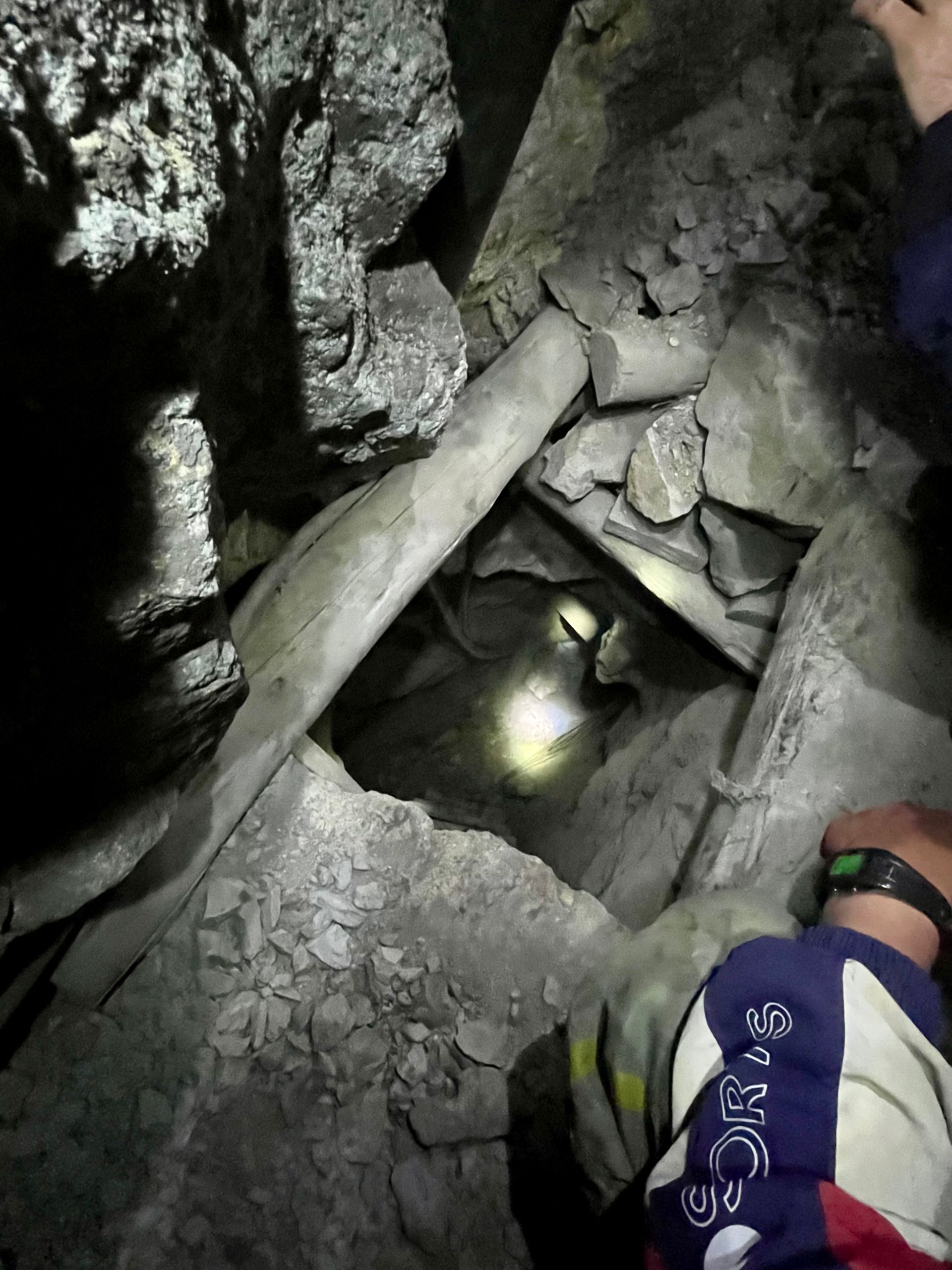
I am relieved when our guide announces that we are already on our way back. After what feels like an eternity, we arrive at one of the exits of the mountain, and I am happy to once again see daylight and not have to disappear into the darkness of the silver mountain the next day. “La montana que come hombres” - the mountain that eats men. This is how the locals refer to Cerro Rico. It is not out of the question that this will soon result in a larger catastrophe. The mountain shrinks annually by several centimeters due to uncontrolled hollowing, and researchers predict the collapse of Cerro Rico in the not-so-distant future.
However, it is also worth highlighting the positive mindset of the people, as when I brought up the possible scenario of a collapse with our guide in the mountain, he replied: “Think positive – this can happen. But we are here, so not today, maybe tomorrow.” A wonderful gallows humor that, despite the external circumstances, actually brings a fleeting smile to my face.
Back in the city center, I spent the rest of the day walking to a viewpoint and gazing at the silver mountain towering over the city. From afar, the giant appears calm and peaceful; with the experiences of the day, one has a rough idea of what suffering happens daily inside Cerro Rico. Probably one of the hardest jobs on our planet and certainly one of the most bizarre places I have ever been, alongside the sulfur mine in the crater of volcanic Ijen in Java.
Before heading back to La Paz by night bus the next day, I attended a game from Nacional Potosi, the local football club playing in the first Bolivian league. Again, the backdrop of the city and Cerro Rico in the background. The stadium is at 4,000 meters and, together with the stadium in El Alto, is one of the highest in the world. Everything about this place is rugged, barren, and sparse. Be it the landscape, the lives of the people, or the oxygen levels at these altitudes.
The trip to Potosi will definitely keep me occupied for quite a while. Anyone wanting to learn more about the history of Cerro Rico and the city of Potosi can simply google “Cerro Rico” and “The mountain that eats men.” There are countless excellent and extremely interesting articles on this topic and about the people who navigate the mines daily.
Listing all this would surely exceed the limits of this text.
PS: The return trip to La Paz once again seamlessly fell into the aria of unbelievable bus rides in Bolivia. Knowing that it can get very cold at night on the Altiplano, I specifically asked before purchasing the ticket (as usual) if the bus has heating. The convincingly stated “Si” turned out to be a lie, and the journey resembled a trip in a freezer. Despite long underwear, two pairs of socks, a sweater, fleece and windbreaker plus scarf and hat, I froze my rear end off terribly. All windows were frosted on the inside, and I couldn't keep my eyes closed for a minute because I was busy trying to warm myself the entire trip. At some point, I even removed the cover from the seat to use it as a blanket. I was so happy when we were back in La Paz that I immediately jumped into a taxi and cursed throughout the entire ride to the hostel. Then straight to a hot shower and into bed, where I continued to shiver for quite some time. Fittingly surreal for this surreal place, the return from Potosi.
خبری مکتوب کے لیے درخواست دیں
جواب دیں۔

سفری رپورٹس بولیویا
